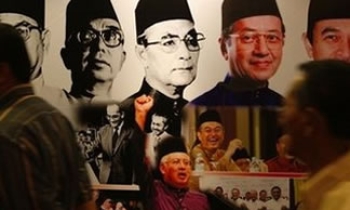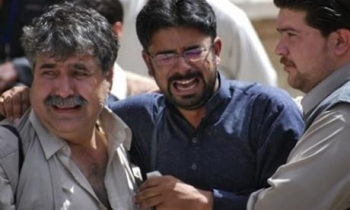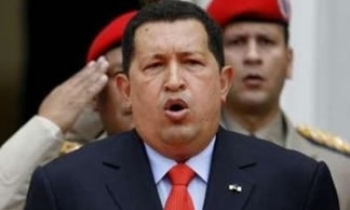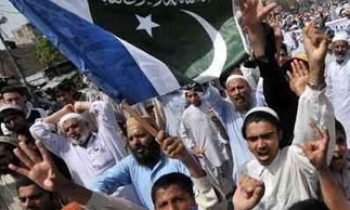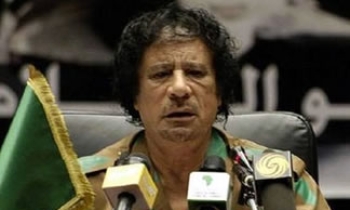There is worldwide outrage at the apparently deliberate fatal shooting of Japanese cameraman Kenji Nagai by a Burmese soldier on Thursday. Video footage shown on Japan’s Fuji News Network has revealed that Nagai, who was filming near a group of demonstrators in Yangon, was pushed to the ground and shot at near point-blank range.
The Japanese embassy in Burma said the bullet entered Nagai’s body from the lower right side of his chest, pierced his heart, and exited from his back. Their statement contradicts Burmese authorities’ claims that Nagai was killed by a stray bullet. Nagai, dressed in shorts and sandals, was clearly a foreigner and a journalist, who was carrying a video camera at the time he was shot.
“The government’s use of violence to suppress political dissent has now taken the life of a journalist,” said Committee to Protect Journalists (CPJ) Executive Director Joel Simon. “The apparently cold-blooded killing of Nagai by Burmese government troops cannot go unaddressed. We call on the government to ensure the safety of all journalists covering this unrest.”
Nagai, 50, who was working for APF News, a video and photo agency based in Tokyo, was one of nine people killed by government troops during anti-government demonstrations Thursday, according to official state-run television. Another 11 demonstrators and 31 security force members were injured.
Even before the video surfaced, the Japanese government lodged a formal protest with the Burmese government and sent a senior diplomat to the capital to seek clarification of Nagai’s death. And as the anti-government demonstrations continue, a special United Nations envoy, Ibrahim Gambari, will go to Burma to try to convince the military government to end the violence and negotiate with pro-democracy leaders.

“There is an urgent need to help Burmese and foreign journalists to continue to do their job of reporting the news,” Reporters sans Frontières (RSF) and the Burma Media Association (BMA) said. “This is a criminal regime, as the Japanese photographer’s murder has shown, and it is trying by all possible means to create a situation of complete isolation.” They said, “The repression, with its dozens of deaths and hundreds if not thousands of arrests, is gaining pace, but the flow of news and information is drying up. The international community must take action to prevent this news blackout.”
As the violence and confrontations continue, the government has increasingly clamped down on Internet communications inside and out of the country. The government disconnected the Internet at 11 a.m. Friday, adding to the country’s isolation. The leading ISP, an offshoot of the ministry of technologies, tried to blame it on a technical problem with an underwater cable. Reuters said no one was answering the phone at the ISP’s headquarters. Everyone questioned by RSF/BMA described the official excuse as “ridiculous.”
All the Internet cafés are closed and the military are hounding the foreign journalists still working on the ground. At least one was forced to take refuge in an embassy or go underground. The flow of news has slowed right down in the past two days, according to RSF/BMA. The international video news exchange system EVN has hardly any new footage for international TV stations.
Journalists in Rangoon said it was virtually impossible go to the centre of the city. Some said they had seen more arrests and more violence against civilians. According to these accounts, there are still many groups of demonstrators.
It has, meanwhile, been confirmed that several Burmese publications, including those owned by the Eleven Media and Pyi Myanmar press groups, have closed down after refusing to publish propaganda articles. Editors said the public would not be interested in buying their publications if they could not read about the demonstrations. RSF/BMA hailed their courage in resisting the regime’s dictates.

The English-language Myanmar Times, which is run by an Australian, appears to have decided to continue publishing. Its website shows a picture of a photographer in a peaceful rural setting and makes no mention of the demonstrations or the use of violence to disperse them.
Although banned, many residents used satellite dishes to watch international TV stations. “Everyone is tuned to the Burmese-language international radio stations and the foreign TV stations,” said a journalist in Rangoon. “That is why the regime’s media have attacked these international radio stations. It is disgraceful.” Government news media such MRTV-3 have called the BBC and VOA “destructionist” and say they are in the pay of foreign powers.


